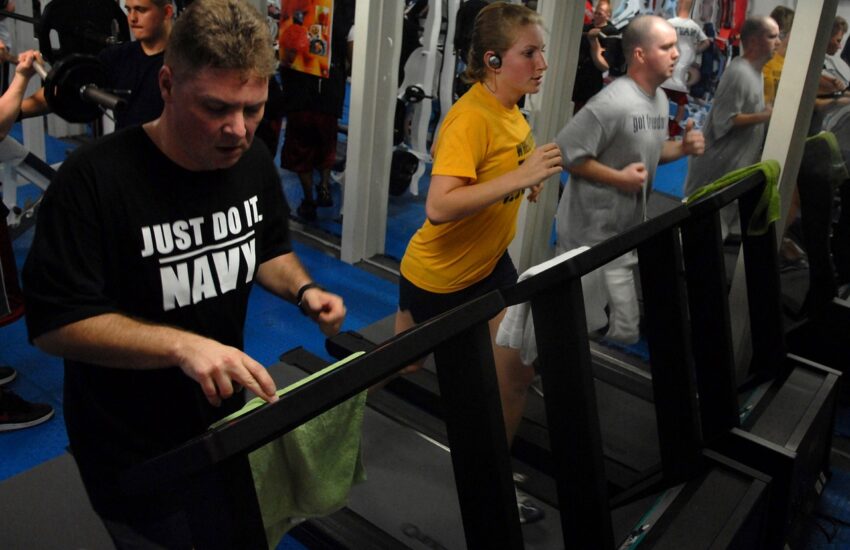The horizontal position allows less stressful work on the heart. Increases the capacity and improves the performance of the heart, hydrostatic pressure facilitates venous return, reduces blood pressure by reducing fluid retention by stimulating diuresis. Combats the feeling of tired legs and facilitates post-exertion muscle recovery by promoting blood circulation.
Improves resistance. Swimming allows the body to improve the metabolism or functioning of the different systems and organs. The improvement of energy management and the strengthening of the muscular and cardiac systems allow to improve the resistance. It increases insulin sensitivity, improves glucose management, reduces fat, improves blood transport and oxygenation of the different organs and the muscles involved, which improves functionality and delays the onset of fatigue.
At the brain level:
This greater blood flow, in addition to favoring neural connections, helps our brain to be healthier. It increases the secretion of neurotransmitters such as endorphins, serotonin, and oxytocin, which improve mood, allowing an increase in memory, cognitive abilities, and coordination. Reduces cortisol, relieving stress and fighting the symptoms of depression.
The release of endorphins creates a state of well-being favoured in floating and the fluidity of movement and lifeguard requirements in the water. The increase in blood flow to the brain, in addition to helping to improve mood, increases clarity and creativity, practicing swimming on a regular basis contributes to better cognition and facilitates learning.
Benefits of performing strength exercises combined with swimming:
Improves mechanical efficiency, carrying out movements is more effective and efficient as it requires less energy to carry it out, which delays the onset of fatigue. Improves intermuscular and intramuscular coordination by solicitation of nervous factors and greater motor recruitment, which allows a better technical performance of the sporting gesture.
- Increases the size of the muscle fibber, improving strength and muscle power.
- Reduces intramuscular and subcutaneous fat reserves, improving body aesthetics.
- Increases the number of glycolytic enzymes improving anaerobic resistance.
- By increasing muscle strength and coordination, it reduces muscle and nerve fatigue and thereby improves endurance.
- Increases the number of blood capillaries and mitochondrial density.
Some considerations on the choice and performance of strength exercises
The benefits of strength work at the nervous level and the increase in the cross section of the muscle fiber (hypertrophy) depend directly on the number of repetitions and the load to overcome, and on the choice of exercises performed by the athlete. in the requirements session. Thus, when performing a moderate volume of repetitions between 8 and 12, with loads between 50 and 85% of the maximum, the greatest effects on the development of maximum dynamic strength and muscular power are achieved.
Specific exercises in the aquatic environment
Among the requirements exercises that you can perform in the water are:
- The jumps into the water of different shapes, heights and depths, the “muscle ups” and the different ways of getting out of a pool, from a jump, on one leg, on your back.
- Combining strokes, trudgen, boat, breaststroke with butterfly kick.
- Swim the 4 strokes in a row (EI or complete swimmer).
- Water polo kick or “eggbeater”,
